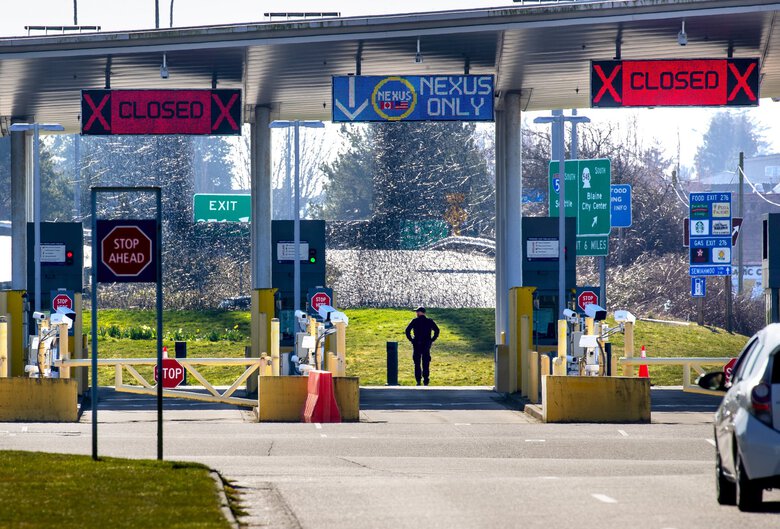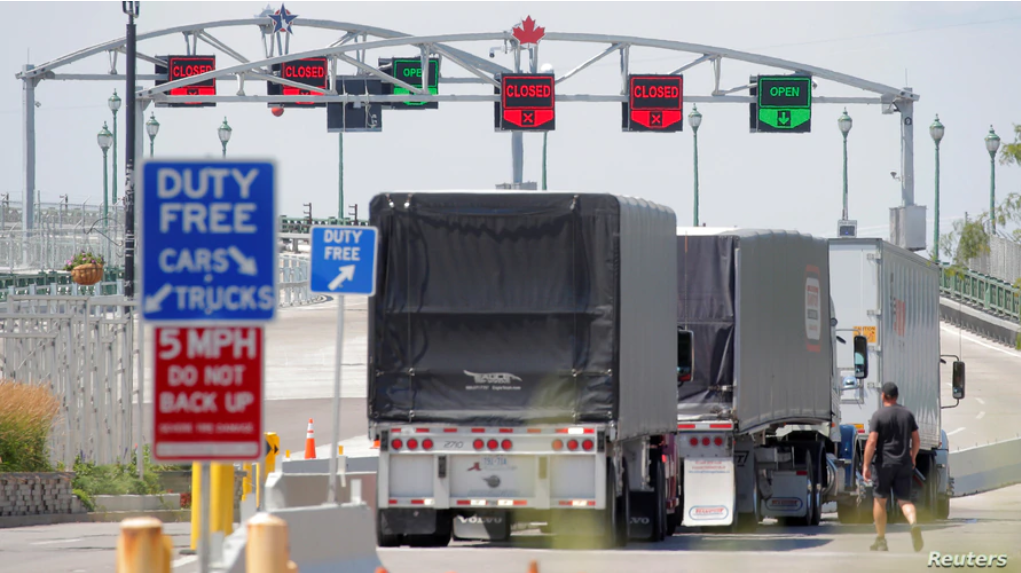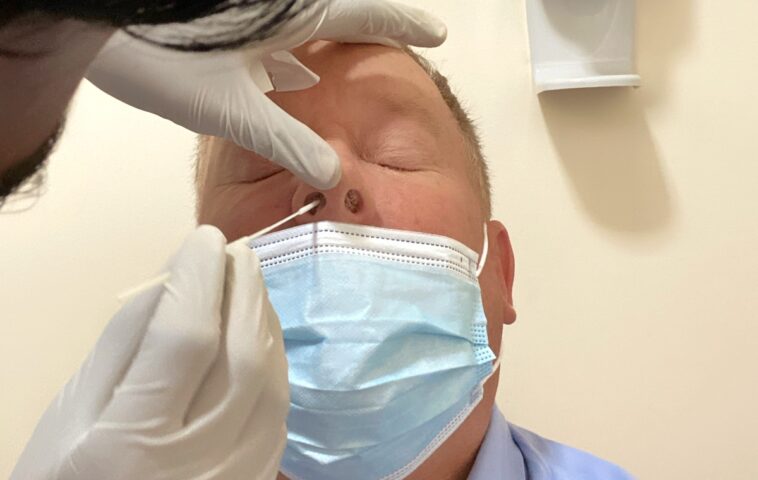Visitors from the U.S. wanting to enter Canada now have to provide proof of a negative COVID test–or else they could face a $3,000 fine.
The rules, which go into effect this Monday, require non-essential travellers to show border personnel that they’ve tested negative within the previous three days. They can also enter the country by showing a positive test result, provided the test was taken between 14 and 90 days before they arrived at the border.

The thinking is that if a U.S. visitor has had COVID for at least two weeks, then their natural immunity would mean they are at a low risk of getting or spreading coronavirus. Regardless of test results, every visitor still must quarantine for 14 days.
“These border measures will help stop the spread of COVID-19 and new variants,” Prime Minister Justin Trudeau stated.
But some observers wonder if the new restrictions will actually make a difference.
More than 90 percent of the drivers currently entering Canada from the U.S. by land are truck drivers (74%), medical staff and other essential workers (18%)–they won’t have to show a negative COVID test. Negative tests don’t guarantee a person isn’t infected, especially with more contagious mutations of coronavirus spreading rapidly.

“It’s not going to keep the virus out,” Simon Fraser University professor Kelley Lee told CTV News. “We know that people often need to be tested multiple times before the virus is detected in their system. We know there are false negatives, we also know people can be exposed during those 72 hours.”

Source: https://theconversation.com/coronavirus-surprisingly-big-problems-caused-by-small-errors-in-testing-136700
The rules get even stricter on February 22, however, when non-essential visitors will be forced to take one COVID test at the border and another once their quarantine is over.
What do you think about the new border policies? Comment on Skeena Strong’s Facebook page.




